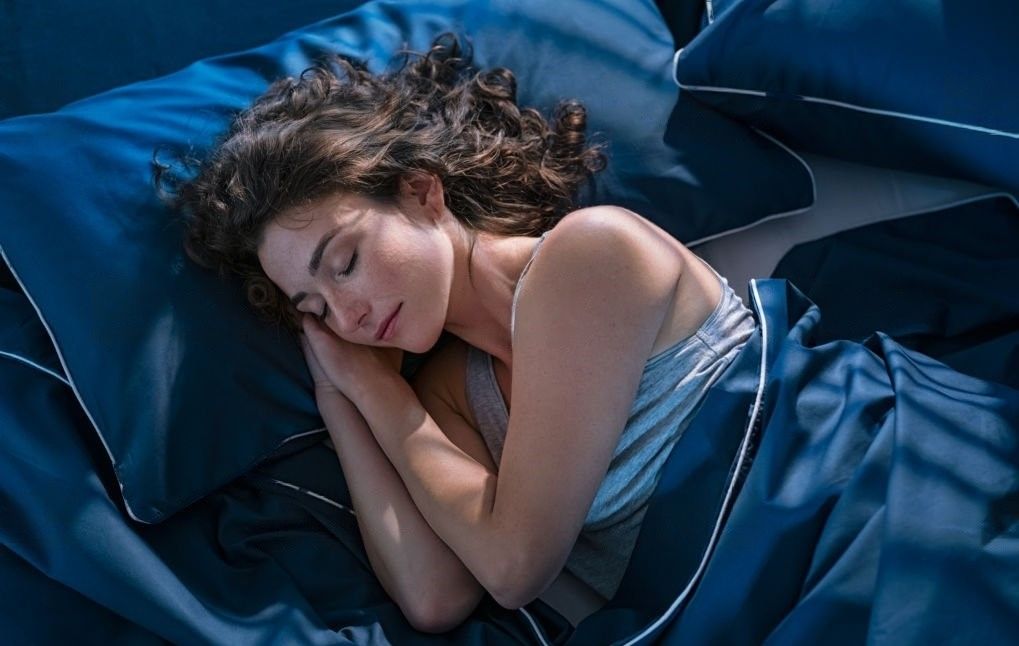Creating Your Perfect Sleep Environment: Tips for a Restful Night's Sleep
Crafting an optimal sleep environment can have a substantial influence on sleep quality, leading to faster sleep onset, longer and uninterrupted sleep, and a refreshed awakening.

Sleep is an essential component of our overall health and well-being. A good night's sleep can leave us feeling refreshed, energized, and ready to tackle the day ahead. However, achieving restful sleep can sometimes be a challenge, especially with the many distractions and stressors in our daily lives. One crucial factor that significantly impacts the quality of our sleep is the sleep environment. In this blog, we will explore the scientific research behind creating the perfect sleep environment, understand how various elements can influence our sleep quality, and provide practical tips to improve the conditions for a restful night's sleep.
1. The Impact of Your Sleep Environment on Sleep Quality
The sleep environment plays a significant role in determining the quality and duration of our sleep. Scientific research has shown that the surroundings in which we sleep can affect our sleep patterns, sleep efficiency, and overall sleep satisfaction. Creating a sleep-conducive environment can help promote relaxation, reduce sleep disturbances, and enhance our ability to fall asleep and stay asleep.
2. Tips for Creating a Sleep-Conducive Environment
To optimize your sleep environment for a restful night, consider the following tips:
a) Keep It Dark: Darkness is a key signal for the body to produce melatonin, the hormone that regulates sleep. Minimize exposure to artificial light sources, such as screens and bright overhead lights, before bedtime to support natural melatonin production.
b) Reduce Noise: Noise can be a significant sleep disruptor, especially for light sleepers. Use earplugs or invest in white noise machines to mask background sounds and create a quieter sleep environment.
c) Maintain Comfortable Temperature: Keep your sleep environment at a comfortable temperature, preferably on the cooler side. The optimal room temperature for sleep is typically between 60 to 67 degrees Fahrenheit (15.6 to 19.4 degrees Celsius).
d) Invest in a Comfortable Mattress and Pillows: Your sleep surface significantly impacts your sleep quality. Invest in a comfortable mattress and pillows that provide adequate support for your body.
e) Limit Electronic Devices: Avoid using electronic devices, such as smartphones, tablets, and computers, in the hour leading up to bedtime.
f) Create a Relaxing Bedtime Routine: Establish a calming bedtime routine to signal to your body that it's time to wind down and prepare for sleep.
g) Keep the Bedroom Clutter-Free: A cluttered sleep environment can create a sense of unease and anxiety, affecting your ability to relax and sleep well.
SUMMARY
A restful night's sleep is essential for overall health and well-being. Creating the perfect sleep environment can significantly impact sleep quality, helping you fall asleep faster, stay asleep longer, and wake up feeling refreshed. Darkness, reduced noise, a comfortable temperature, and a supportive sleep surface are essential elements to consider. Limiting electronic device usage, establishing a calming bedtime routine, and keeping the bedroom clutter-free can also contribute to a more sleep-conducive environment. By incorporating these evidence-based tips into your sleep routine, you can set the stage for restful and rejuvenating sleep.
Jayti Shah is a Clinical Nutritionist with a master's degree in Clinical Nutrition and Dietetics. She is a member of the Indian Dietetic Association (IDA). Over the last 9 years, she has helped 400 clients in their clinical and weight loss journeys. She works with SocialBoat as a nutrition consultant.
At SocialBoat, we offer custom diet plans and guided workouts to help you achieve your goals in a 360-degree approach. Our gamified experience ensures that you don’t find workouts boring and we reward you for being consistent with your efforts.

REFERENCES
- Shechter, A., Kim, E. W., St-Onge, M. P., & Westwood, A. J. (2018). Blocking nocturnal blue light for insomnia: A randomized controlled trial. Journal of Psychiatric Research, 96, 196-202.
- Hirshkowitz, M., Whiton, K., Albert, S. M., Alessi, C., Bruni, O., DonCarlos, L., ... & Adams Hillard, P. J. (2015). National Sleep Foundation's sleep time duration recommendations: methodology and results summary. Sleep Health, 1(1), 40-43.
- Gao, C., Oyang, Y. J., Chen, X., Li, C. H., & Zeng, W. J. (2016). Effect of bedroom ventilation on sleep quality and next-day performance. Indoor Air, 26(5), 679-686.
- Kim, K., Uchiyama, M., Okawa, M., Liu, X., Ogihara, R., & Kurita, H. (2000). An epidemiological study of insomnia among the Japanese general population. Sleep, 23(1), 41-47.
- Kocevska, D., Blanken, T. F., Van Someren, E. J., & Rösler, L. (2019). Sleep quality and sleep experiences among the elderly: A three-level study on the influences of resilience and stress. Sleep Medicine, 54, 202-210.
- Patel, S. R., Hayes, A. L., Blackwell, T., Evans, D. S., Ancoli-Israel, S., Wing, Y. K., ... & Stone, K. L. (2012). The association between sleep patterns and obesity in older adults. International Journal of Obesity, 36(12), 1539-1546.
